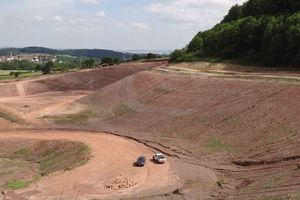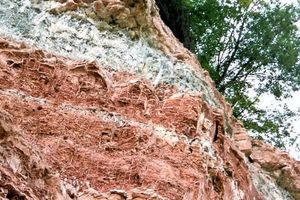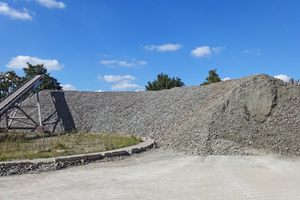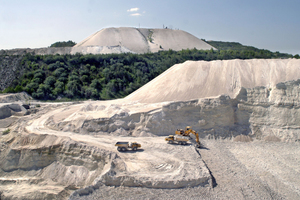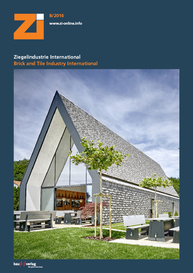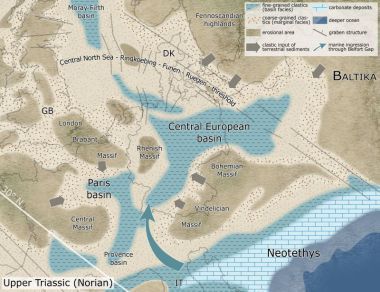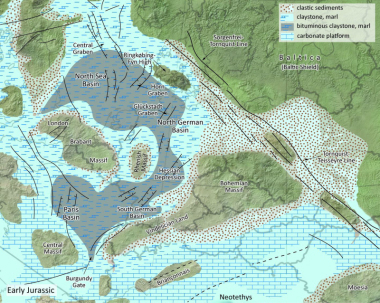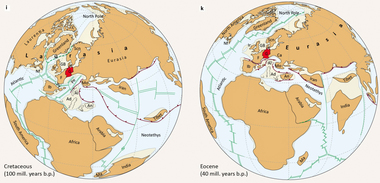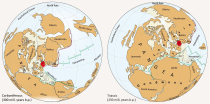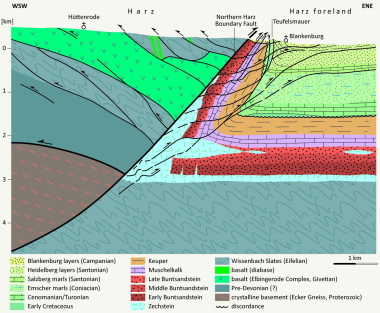Current clay potential in Germany | Part 4: Raw materials from the Buntsandstein group/
Trias system
Argillaceous rocks from the lithostratigraphic group of the Buntsandstein are some of the most important raw materials in German clay brick and tile industry. They constitute the raw materials basis of significant clay backing brick and roofing tile factories. Weathered deposits from the Middle Buntsandstein represent kaolin raw materials of international renown. In this paper, the geological background and aspects on use in the clay brick and tile industry are examined more closely.
1 Global geology and tectonics
The Buntsandstein is the lowest lithostratigraphic group of the Germanic Trias, which is characterized by a time of dominance of solid land and constitutes the first system in the Mesozoic. The time span of Buntsandstein began around 252.5 million years ago and ended following a relatively short time in geological terms around 246.5 million years ago [1]. The horizontal border to the Zechstein/Permian system is lithologically unsharp within sandy-conglomerate stratigraphic sequences. On the other hand, the occurrence of epicontinental dolomitic limestone beds...

![»1 Palaeogeographic position of the Central European Basin at the time of the Buntsandstein, modified model from: [3]](https://www.zi-online.info/imgs/tok_d6f834ffba949214324ec38a6fd26b48/w300_h200_x400_y300_101483144_0506862dd3.jpg)
![»2 Grouping and facies areas of the Central European Basin at the time of the Buntsandstein, model from: [4]](https://www.zi-online.info/imgs/tok_5b3504552927651dea62da2d80b28a32/w300_h200_x400_y318_101483114_453b88fd4b.jpg)
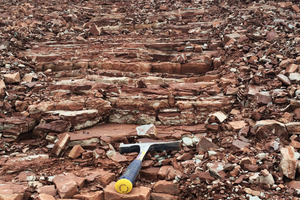
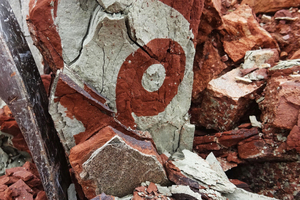
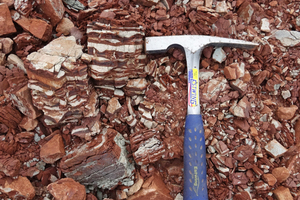
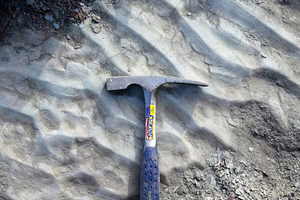
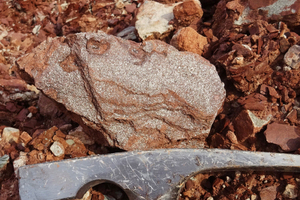
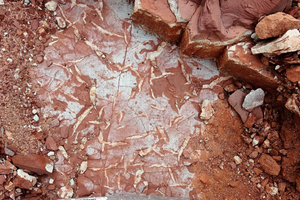
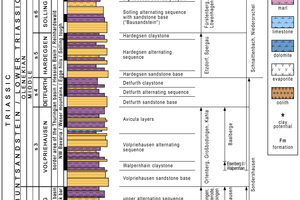
![»10 Formation of salt clays in sporadic playa lakes in the arid to semi-arid climate regions, model from: [4]](https://www.zi-online.info/imgs/tok_4e73d6bc78428b34abd7a76743357b8c/w300_h200_x400_y232_101483162_fcee0c5f72.jpg)
